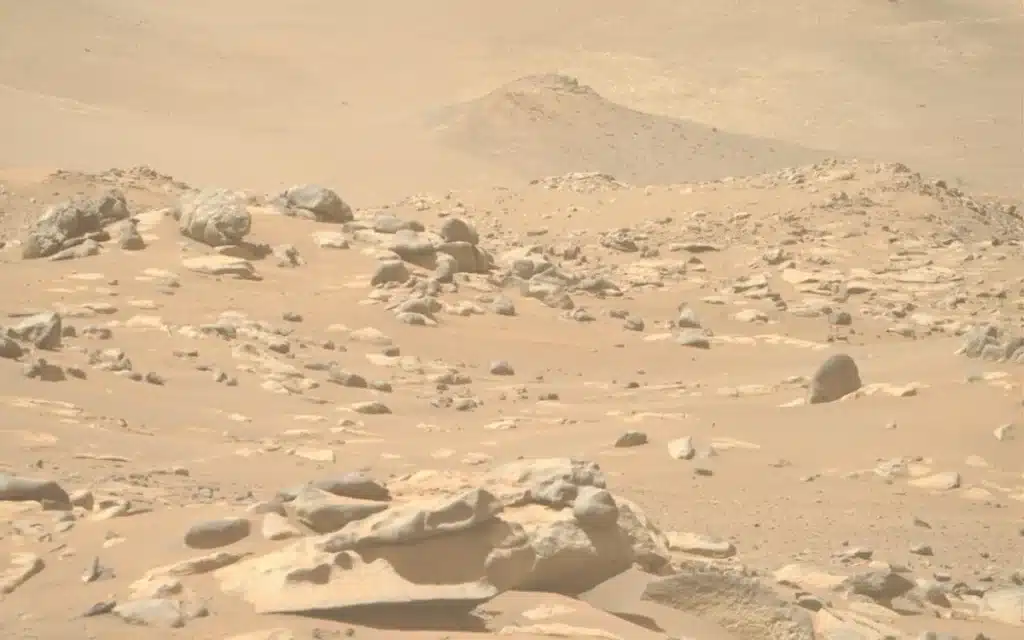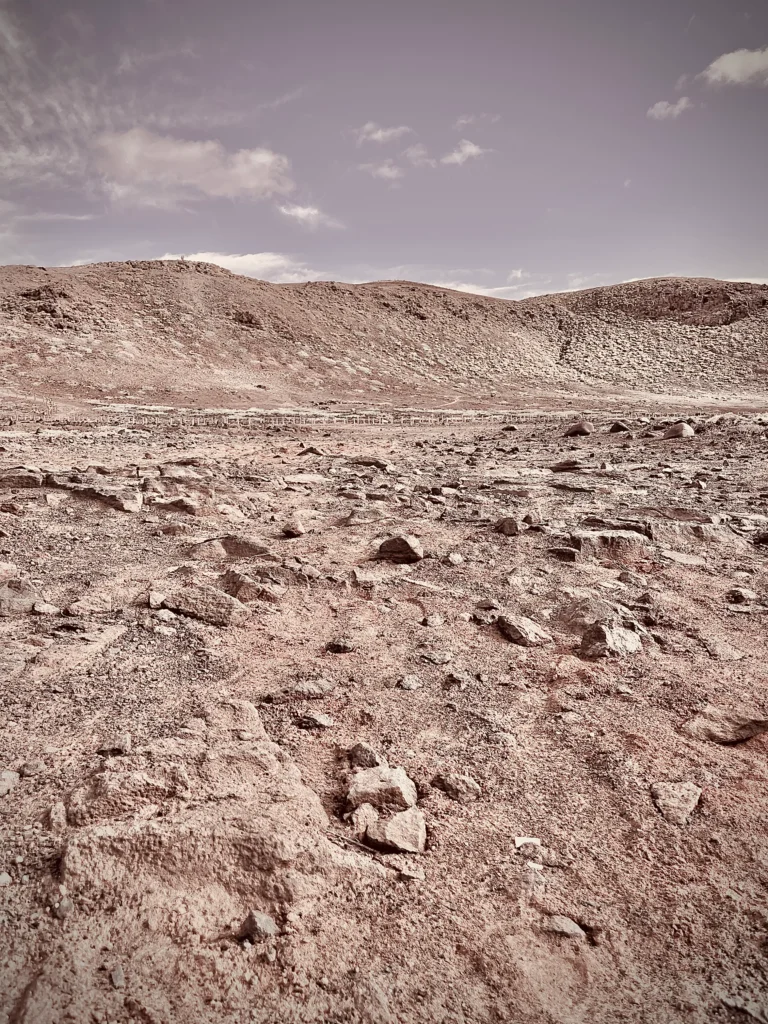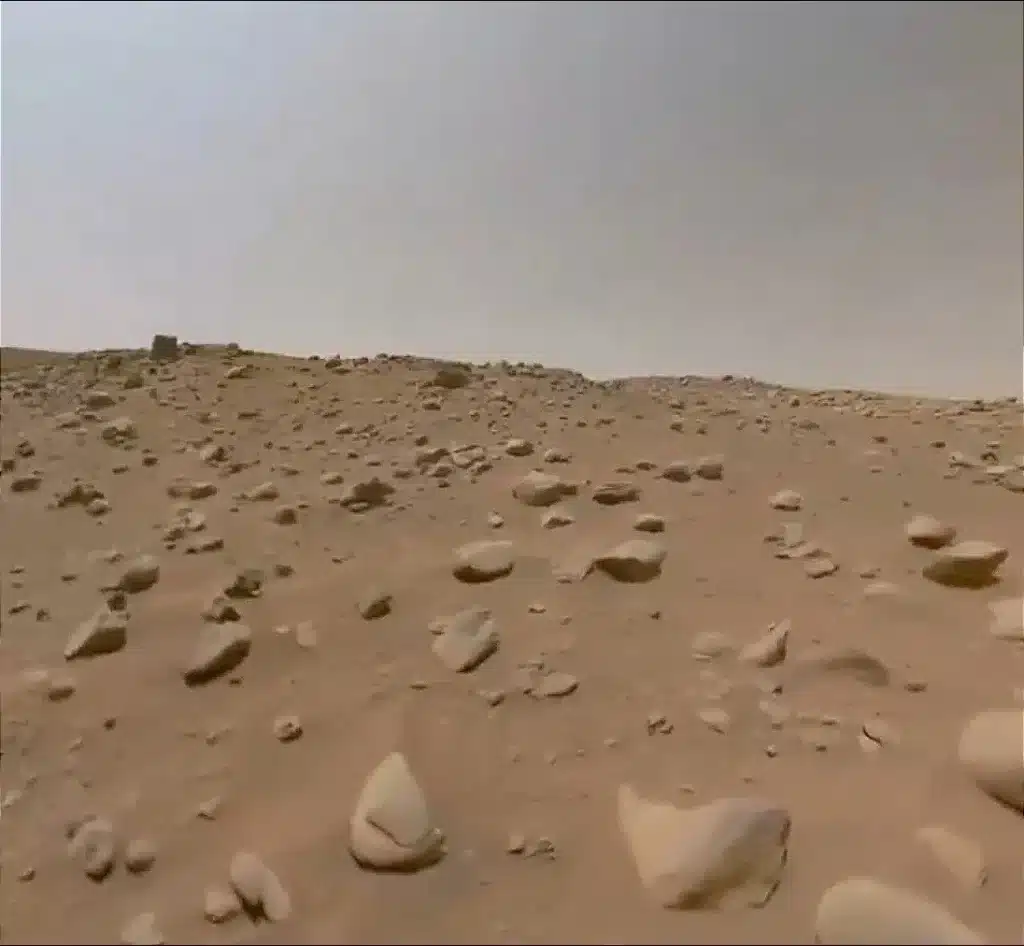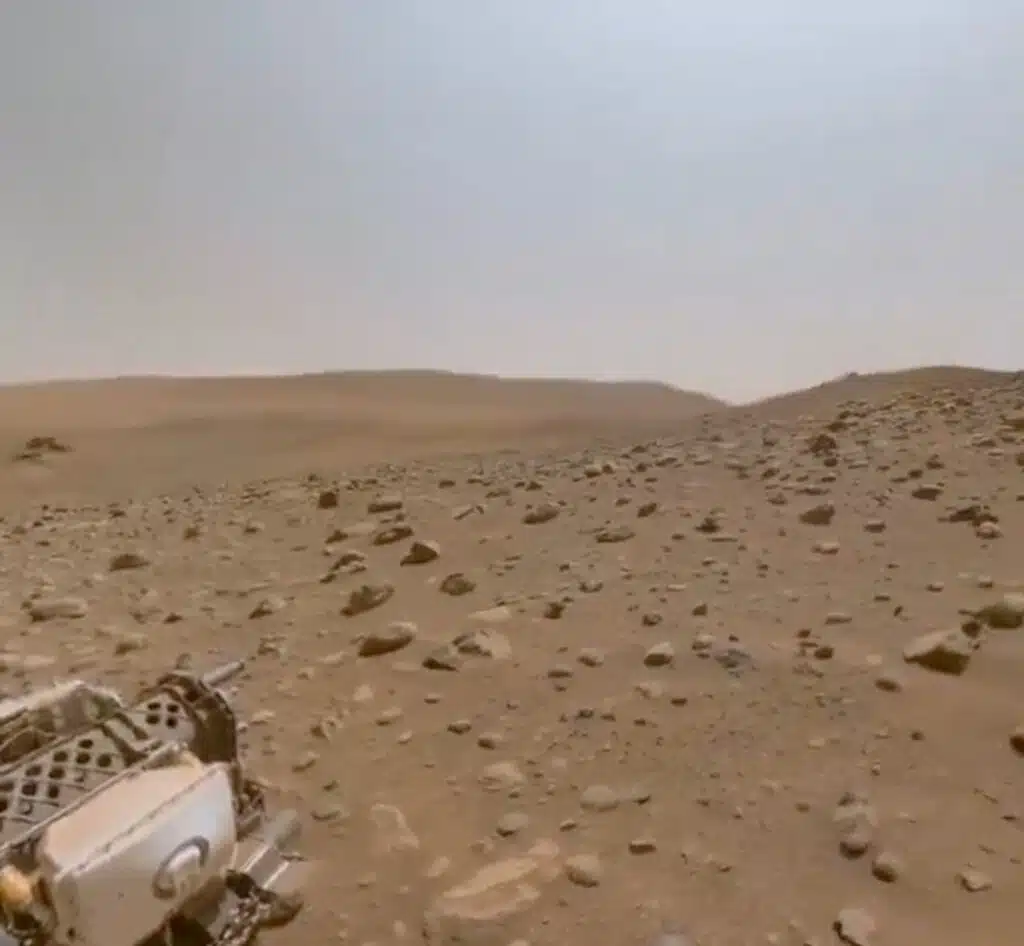Footage from Perseverance rover of Mars surprised everyone for how similar it is to Earth
- NASA’s Perseverance rover has spent the last three years exploring Mars
- The tiny spacecraft is regularly sending back updates, images and videos
- Based on these images, Mars looks surprisingly like Earth
Published on Feb 27, 2024 at 1:18 PM (UTC+4)
by Alessandro Renesis
Last updated on Feb 27, 2024 at 9:12 PM (UTC+4)
Edited by
Adam Gray
The Perseverance rover is exploring the surface of Mars, and it has been doing it for nearly three years now, sending images and footage back to Earth.
And the more we look at these images, the more we realize how similar it is to Earth.

READ MORE: Tesla Cybertruck spotted towing a gargantuan SpaceX rocket engine
The Perseverance rover landed on Mars in 2021 and it has been, well, ‘rovering’ around since.
It keeps sending back images and footage from Mars, and people correctly point out it looks so much like so many places on Earth.
Deserted, arid and dusty, just like so many deserts in the US or ‘sierras’ in Spain.
The irony is that we tend to associate dry areas like a desert or a sierra with hot weather, but that’s definitely not the case on Mars.
It looks ‘baked’, but it’s actually frozen.
Pictured below – Left, desert in Las Palmas, Spain / Right, surface of Mars


According to NASA, the surface temperature of Mars can easily reach -225 degrees Fahrenheit – or -153 degrees Celsius.
And even though it can also reach higher temperatures, as high as 70° Fahrenheit or 20° Celsius, the atmosphere is extremely thin, which means heat from the Sun easily escapes the planet.

Mars is the next item on our ‘space agenda’.
NASA is teaming up with Elon Musk’s SpaceX to build a permanent human base on the Moon and after that, they want to take us, as in humanity, to Mars.
Setting foot on Mars would be a game changing achievement for humanity, but NASA was quick to quench the excitement regarding life on the Red Planet.
There are similarities, for example a full rotation takes around 24 hours, same as Earth rotation, but, according to NASA, “scientists don’t expect to find living things” currently on Mars.
“[Instead], they’re looking for signs of life that existed long ago, when Mars was warmer and covered with water”, NASA concluded in their statement.
DISCOVER SBX CARS: The global premium car auction platform powered by Supercar Blondie





